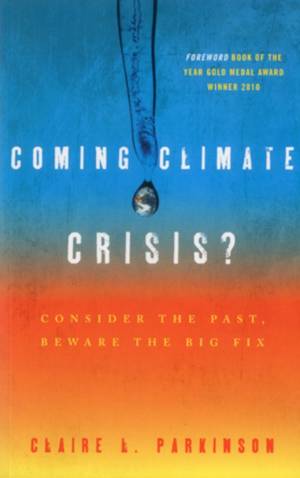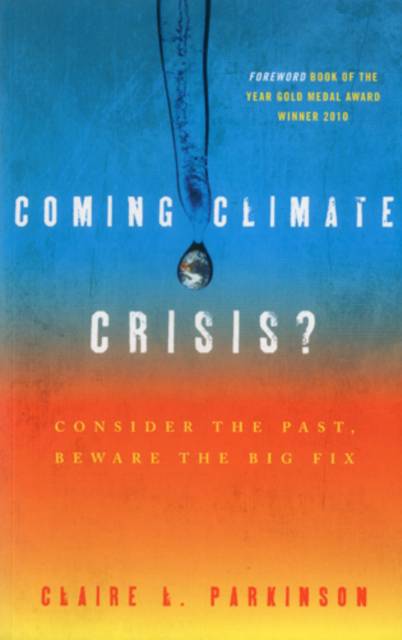
- Afhalen na 1 uur in een winkel met voorraad
- Gratis thuislevering in België vanaf € 30
- Ruim aanbod met 7 miljoen producten
- Afhalen na 1 uur in een winkel met voorraad
- Gratis thuislevering in België vanaf € 30
- Ruim aanbod met 7 miljoen producten
Zoeken
Omschrijving
Decisively cutting through the hyperbole on both sides of the debate, distinguished NASA climatologist Claire L. Parkinson brings much-needed balance and perspective to the highly contentious issue of climate change. Offering a deeply knowledgeable overview of global conditions past and present, the author lays out a compelling argument that our understandings and models are inadequate for confident predictions of the intended and unintended consequences of various projects now under consideration to modify future climate. In one compact volume, Parkinson presents a coherent synopsis of the 4.6-billion-year history of climate change on planet Earth--both before and after humans became a significant factor--and explores current concerns regarding continued global warming and its possible consequences. She ranges over the massive geoengineering schemes being proposed and why we need to be cautious about them, the limitations of current global climate models and projections, the key arguments made by those skeptical of the mainstream views, and the realistic ways we can lessen destructive human impacts on our planet. While discussing all of these polarizing topics, the author consistently shows respect for the views of alarmists, skeptics, and the vast majority of people whose positions lie somewhere between those two extremes. The book clarifies some of the most contentious points in the climate debate, and in the process treats us to a fascinating discussion interweaving Earth history, science, the history of science, and human nature. Readers will be rewarded with a genuine understanding of a complex issue that could be among the most important facing humankind in the coming decades.
Specificaties
Betrokkenen
- Auteur(s):
- Uitgeverij:
Inhoud
- Aantal bladzijden:
- 432
- Taal:
- Engels
- Reeks:
Eigenschappen
- Productcode (EAN):
- 9781442213265
- Verschijningsdatum:
- 8/03/2012
- Uitvoering:
- Paperback
- Formaat:
- Trade paperback (VS)
- Afmetingen:
- 142 mm x 220 mm
- Gewicht:
- 521 g

Alleen bij Standaard Boekhandel
+ 86 punten op je klantenkaart van Standaard Boekhandel
Beoordelingen
We publiceren alleen reviews die voldoen aan de voorwaarden voor reviews. Bekijk onze voorwaarden voor reviews.











